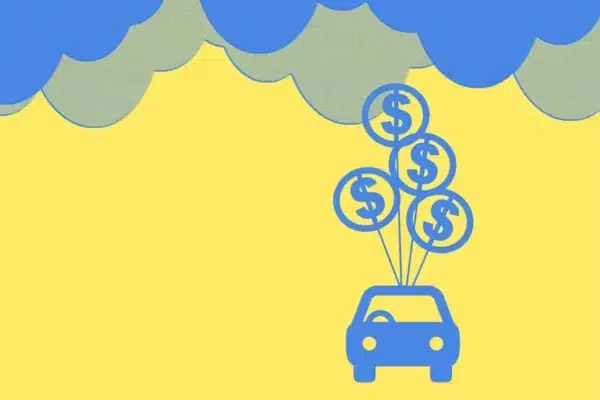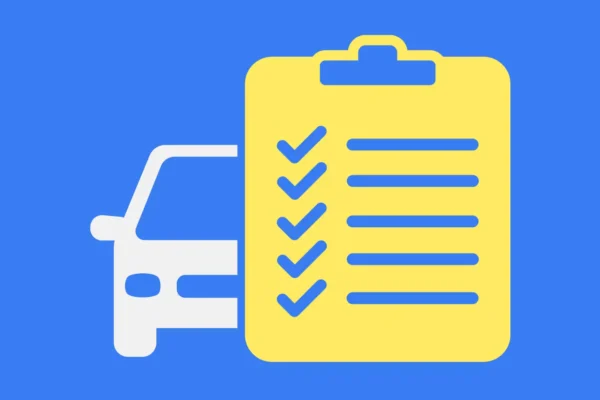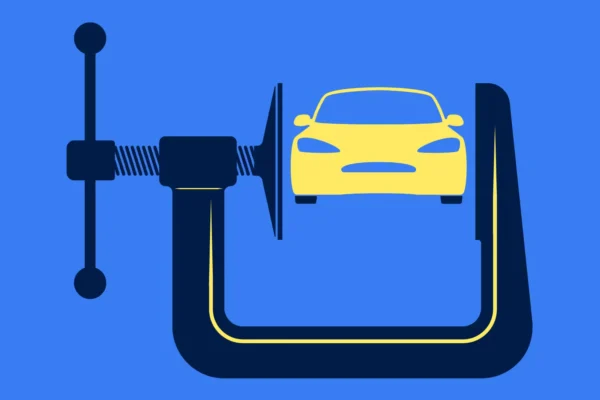
Here's How Gap Insurance Works

The world of insurance can be confusing. Between auto, homeowner’s, life, and medical insurance, you’re probably already juggling your fair share of policies. But for many automobile owners, gap insurance is still a bit of a mystery.
This supplemental policy may be beneficial for some automobile owners but isn’t right for everyone. We’re here to answer some commonly asked questions about gap insurance, including how it works, what it covers, and who should have a gap insurance policy.
What Is Gap Insurance?
In the unfortunate event that your car is totaled or stolen, your auto insurance company may issue a settlement in the amount of your car’s actual cash value. Actual cash value (ACV) is not the same as what you paid for the vehicle— it’s the value of the car at the time of the accident.
Everyone knows that your car can depreciate in value the moment you drive it off the lot. Statistics show that a new car can depreciate as much as 11% as soon as you drive away from the dealership. That can mean that the vehicle that you just paid $20,000 for is only worth $17,800 before you even park it in your driveway! Within the first year, it can lose anywhere between 20% and 30% of its original value.
Because of this, in the event of a total loss, it’s possible that you may still owe more than what your vehicle was worth at the moment of the accident. The situation can leave you with a hefty bill. This is where the importance of gap insurance comes into play. It bridges the gap between the actual cash value settlement you receive from your comprehensive and collision coverage.
Where Can You Get Gap Insurance?
For most buyers, there are three ways to add gap insurance to your existing coverage.
- Add it to your auto policy through your existing auto insurer. In this case, the cost will roll over into your regular insurance payment.
- Obtain gap insurance coverage through a company that specializes in this type of policy. This cost will be separate from your regular auto insurance, and will likely be paid as a one time fee.
- Dealerships and auto lenders sometimes offer gap insurance, so be sure to check with both the lender and the retailer that sold you your car. This will likely be a one time fee, but may also get rolled into your monthly car loan payments.
Several companies offer this type of policy, so be sure to do your research to find the one that’s right for you and within your budget.
What Does Gap Insurance Cover?
Regular auto insurance policies may get a little confusing when it comes to sorting out what is covered and what is not. Gap insurance, however, is designed to solve a pretty straightforward problem.
Gap insurance is only used when an accident results in a total loss. Some policies may also cover theft if your car is never recovered. Gap insurance is designed to cover negative equity— the difference between what you owe on your auto loan and the value of the vehicle. It cannot be used to cover the costs of repairs.
It also does NOT cover medical bills for you or anyone else involved in an accident, nor does it cover damage done to other vehicles. It’s also important to note that gap insurance is not meant to cover deductible costs.
Gap Insurance vs Auto Insurance
Gap insurance and auto insurance are two policies that many drivers may find themselves considering. While both offer important protections for car owners, there is a key difference between the two types of coverage.
- Auto insurance covers repairs to your vehicle in the event of an accident or theft. Depending on the type of coverage you select, auto insurance can cover loss or damage to your vehicle as well as liability for any medical expenses incurred by you.
- Gap insurance is designed to cover any negative equity you owe on your car loan after a total loss claim has been settled by your insurer. Gap insurance helps bridge this financial gap so you don’t end up owing more than what your vehicle was worth at the time of the incident.
It’s important to understand how each type of policy works and which one may be right for you before making a decision.
Who Should Take Out a Gap Insurance Policy?
Purchasing gap insurance only makes sense if you owe significantly more than what the car is worth. A few things could cause you to have a large amount of negative equity. You may find value in gap insurance if you:
- Made little (less than 20%) to no down payment on the car
- Purchased a car that depreciates quicker than the average vehicle
- Have a car loan term longer than five years
- Put a lot of miles on your car, which causes it to lose value quicker
- Lease your vehicle (gap insurance is usually required for leases)
If you believe that one of these describes your situation, gap insurance may be worth exploring. Gather quotes from different companies to weigh the pros and cons and make an informed decision.
How Much Does Gap Insurance Cost?
How much you pay for gap insurance will often depend on who you select as your provider. Research by the lending team at Amplify Credit Union shows that most standalone policies will range between $200 and $500 dollars per year. Since dealers add these plans to your existing contract, the price of purchasing gap insurance through a dealership can vary even more. These policies can range anywhere between $500 and $3,000 and higher depending on the make, model, and financing of your vehicle.
Consider Your Options
Buying gap insurance is not the right approach for everyone. But if you’re a car owner that has a substantial amount of negative equity in your vehicle, it could potentially save you thousands. Like a typical auto insurance policy, you hope you’ll never have to use gap insurance. However, if you find yourself in a situation where you need it, you will be glad it’s there.
Need to Finance a New Vehicle?
Learn more about Amplify Credit Union’s auto loan programs.


